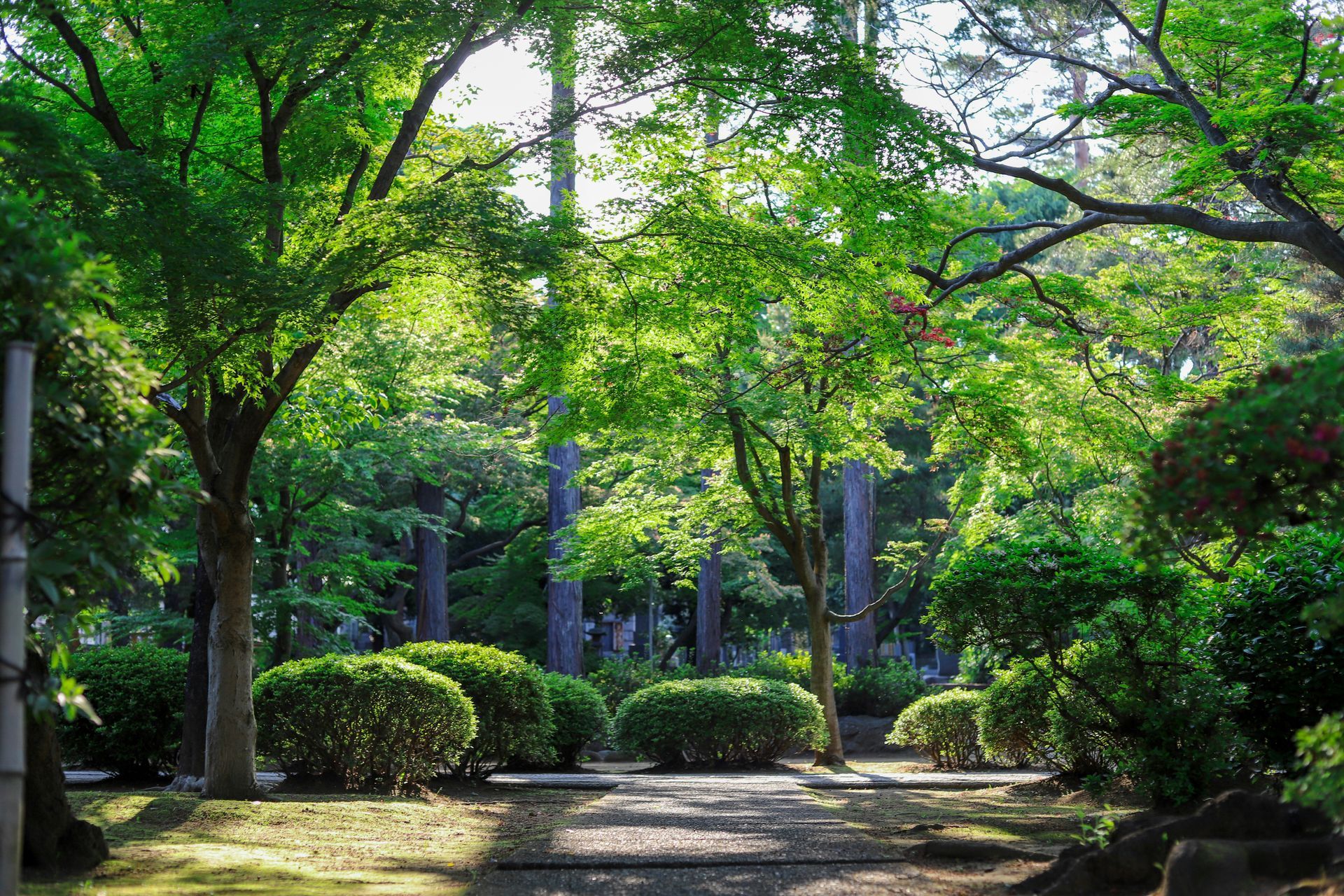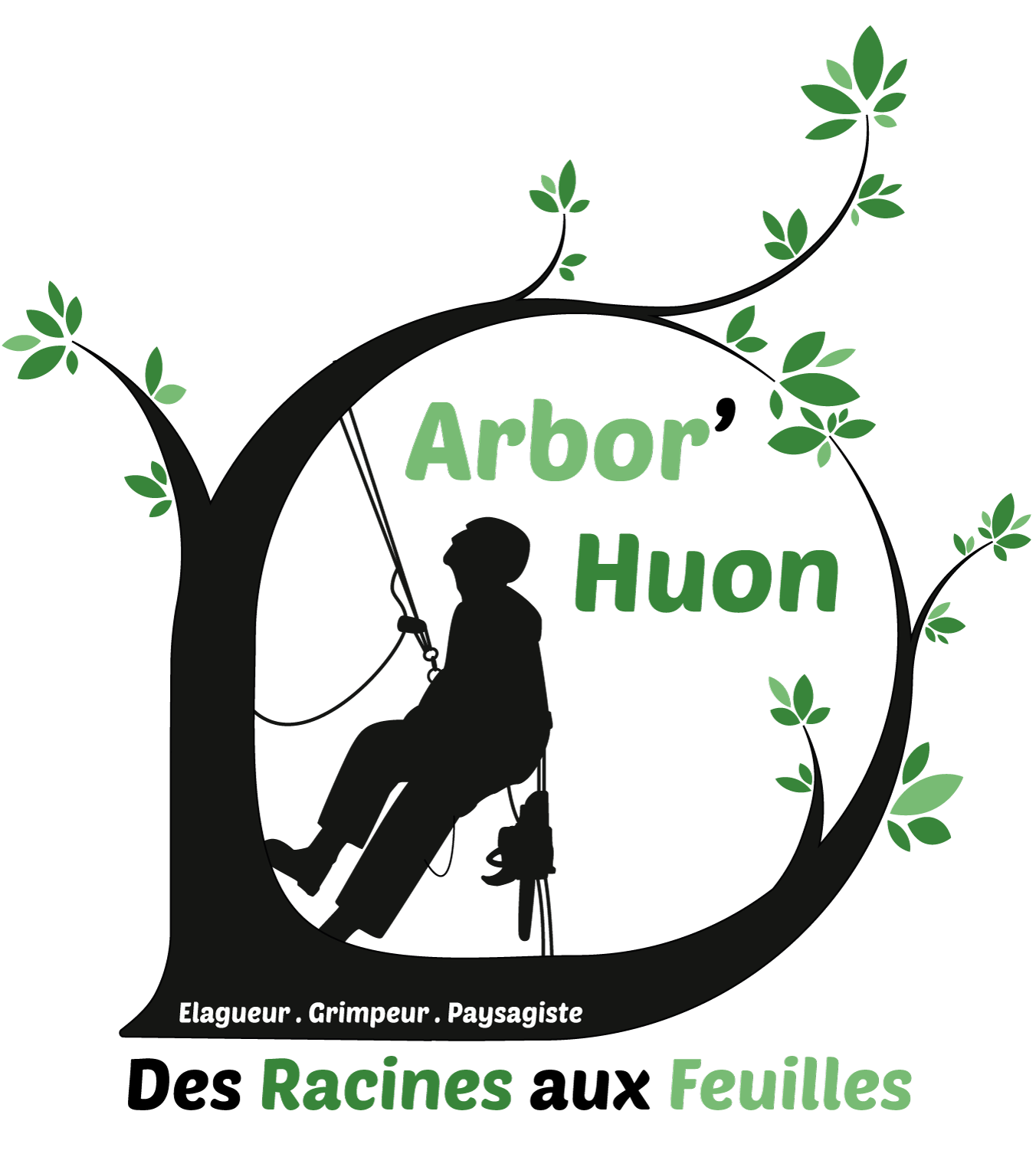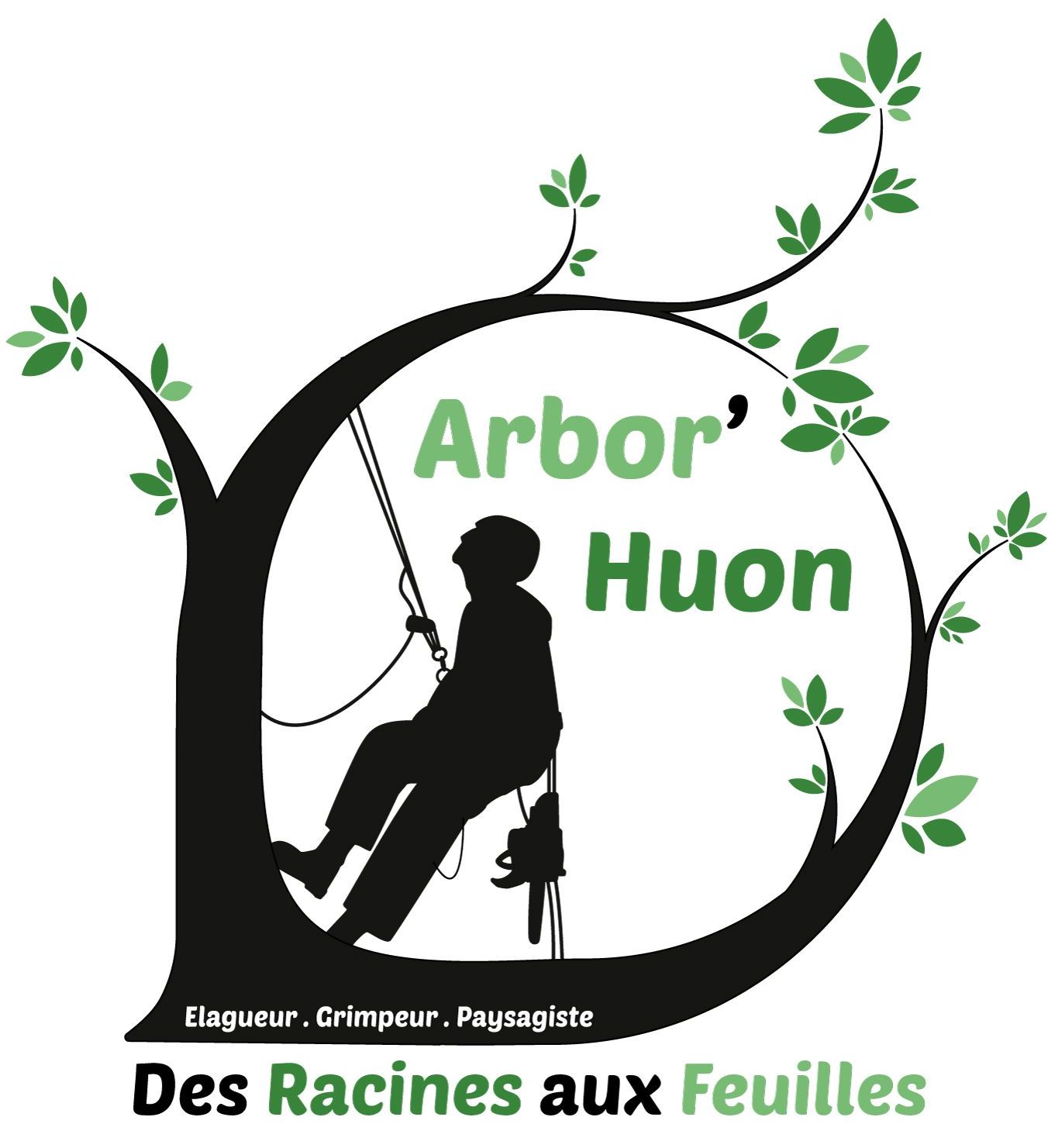The Art of Desiging Gardens: A Detailed Step-by-Step Guide
Step 1: Define Your Vision
The first step in garden design is to define your vision. Take some time to envision what you want your garden to look and feel like. Consider factors such as your personal style, the architectural style of your home, and the purpose of your garden. Do you want a formal garden with structured beds and symmetrical pathways, or a more relaxed, naturalistic garden with meandering paths and wildflower meadows? Think about how you'll use your garden – as a place for entertaining, relaxing, or growing your own food – and let your vision guide you.
Step 2: Assess Your Site
Next, assess your site to understand its unique characteristics and challenges. Take note of factors such as sunlight exposure, soil type, drainage, and existing features such as trees, buildings, and utilities. These site conditions will influence your plant selection, layout, and design decisions. Consider conducting a soil test to determine pH levels and nutrient content, which will help you choose plants that will thrive in your garden.
Step 3: Create a Design Plan
Once you have a clear vision and understanding of your site, it's time to create a design plan for your garden. Start by sketching a rough layout of your garden, taking into account key elements such as pathways, seating areas, focal points, and planting beds. Think about the flow and organization of your garden – how will people move through the space, and what views do you want to highlight? Consider using design principles such as balance, proportion, rhythm, and unity to create a cohesive and harmonious layout.
Step 4: Select Plants and Materials
With your design plan in hand, it's time to select plants and materials that will bring your vision to life. Choose plants that are well-suited to your site conditions, including climate, soil type, and sunlight exposure. Consider factors such as color, texture, height, and bloom time to create visual interest and year-round appeal. When selecting materials for hardscape features such as pathways, patios, and retaining walls, choose durable, high-quality materials that complement your design aesthetic and blend seamlessly with the natural environment.
Step 5: Implement Your Design
Once you have your design plan finalized and your materials and plants selected, it's time to implement your design. Start by preparing the soil and installing any hardscape features such as pathways and structures. Then, begin planting, taking care to space plants according to their mature size and water them thoroughly to help them establish roots. Consider adding finishing touches such as mulch, edging, and decorative accents to enhance the overall look of your garden.
Step 6: Maintain and Evolve
Garden design is an ongoing process, so don't be afraid to experiment, adapt, and evolve over time. Regular maintenance is key to keeping your garden looking its best, so be sure to water, weed, prune, and fertilize as needed. Take time to observe your garden throughout the seasons and make note of what's working well and what could be improved. Consider adding new plants, changing up your design, or incorporating seasonal elements to keep your garden fresh and inviting year-round.



